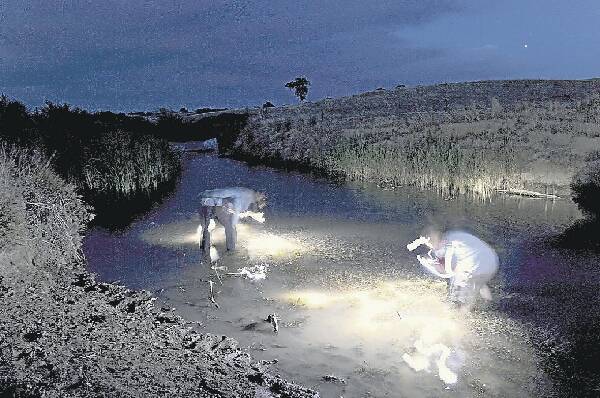


Not too many people would have realised how significant it was to see the little green and yellow frog happily hopping about in a creek in NSW's Southern Tablelands.Fortunately, fisheries conservation officer Luke Pearce was the man who noticed the frog recently and recognised it as a Yellow-spotted Bell Frog - a species previously thought to be extinct.He recalled a presentation about the frog he had heard five years ago, given by herpetologist Dr David Hunter.Mr Pearce contacted Dr Hunter and the pair returned to the site to confirm the discovery and found the frogs living in a 4km stretch of creek.Yesterday the State Minister for Climate Change and the Environment, Frank Sartor, announced the rare find to the world. However, the exact location of the precious frogs is being kept secret to protect them."Scientists were convinced the Yellow-spotted Bell Frog had become extinct, following the tragic path of seven other Australian frog species," Mr Sartor said."I'm advised that finding this frog is as significant as discovering a Tasmanian tiger."This discovery is a reminder of the need to protect the environment so future generations can enjoy the noise and colour of our native animals."Department of Environment, Climate Change and Water spokesman Stuart Cohen said the chytrid fungus, which suffocates frogs, was a serious threat to the species.He said a breeding program was now underway with some of the frogs at Taronga Zoo. This would ensure the survival of the Yellow-spotted Bell Frog."This population has proved positive for chytrid fungus," he said."If it survived that, we've got a population which has developed a resistance to it and we're breeding that population to be released."
Subscribe now for unlimited access.
or signup to continue reading

